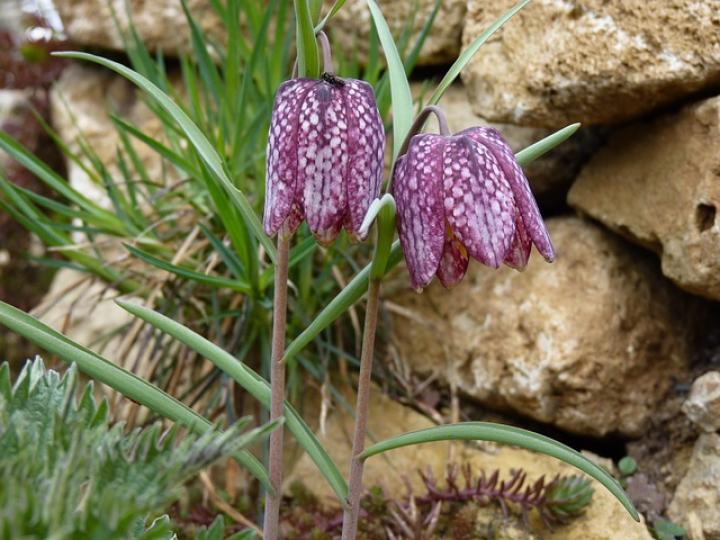 Robin Sweetser
Robin Sweetser
Are you tired of planting tulips and crocus bulbs only to have them disappear because mice and squirrels find them to be a tasty snack?
There are plenty of other bulbs that are less attractive to rodents and by planting early, mid-season, and late bloomers we can stretch the show into summer. Here are just a few, in order of their appearance in the garden:
- Galanthus nivalis - Snowdrops are a welcome sight in spring.
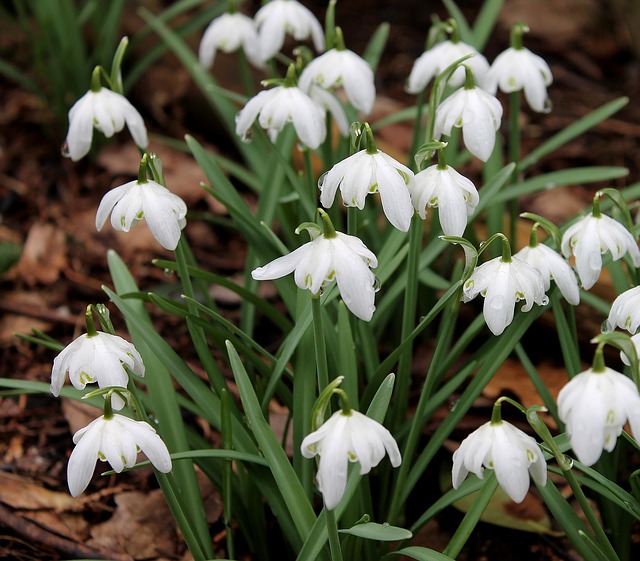
‘Flore Pleno’ is a double-flowering variety that signals the end of winter, even if it has to push up through a covering of snow and ice to do it.
- Eranthus hymenalis - Winter aconite is one of the earliest bulbs to bloom, sending up its ferny green leaves and bright yellow buttercup flowers just after the snowdrops are done.
- Chionodoxa - Glory of the Snow grows about 6 inches tall and has sprays of star-shaped blossoms in shades of pink, blue, lavender, or white.
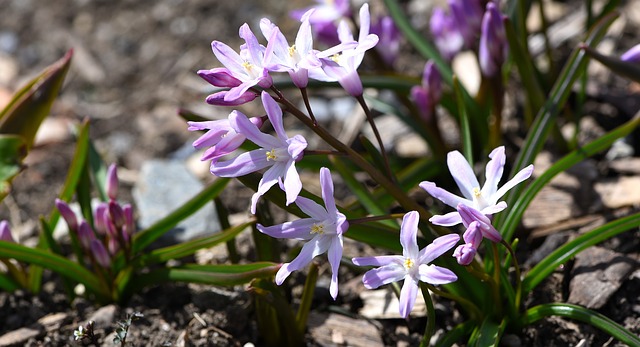
Although it is considered a “minor” bulb, it gives maximum effort, forming large colorful drifts that are a sight to behold! Best of all, squirrels won’t touch it!
- Scilla siberica - Wood Squill is very hardy and easy to grow. Their clustered, bell-shaped flowers are white or sky blue and lightly scented. Growing 4-6 inches tall, they make a stunning display when combined with early daffodils.
- Narcissi - Daffodils are pest-resistant, reliable bloomers and there are so many different ones to choose from that you could easily devote your entire spring garden to them. For something unique try a multi-blooming variety like ‘Spring Cheer’ which has 15-20 small, fragrant, double blossoms per stem - an instant bouquet!
- Fritillaria are cold hardy members of the lily family. The skunky odor of their bulbs repels rodents. Plants range in size from 3 foot tall ‘Crown Imperials’ to 6 inch tall F. pudica. My favorite is F. meleagris the Guinea-hen flower.
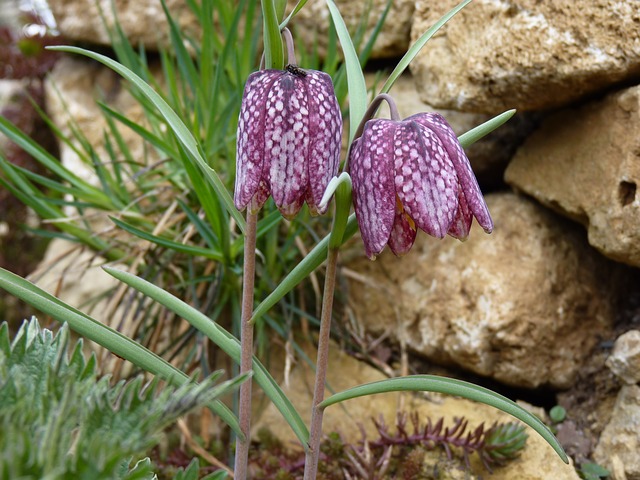
Its nodding checkered blossoms come in varying shades of purple and white.
- Alliums are in the onion family and the sharp smell and flavor of their bulbs repels voles, chipmunks, and squirrels. There are many types to choose from ranging in size from A. moly with its 10 inch tall clusters of yellow, star-like flowers to A. schubertii the 3 foot tall drumstick allium that looks like a purple fireworks explosion.
- Camassia is native to marshy northwestern meadows. The tubers, called quamash by Native Americans, are edible when cooked. Lewis and Clark are reported to have dined on them during their exploration of the Pacific Northwest. Though we can eat the tubers, rodents are not attracted to them. If you have a soggy spot where other bulbs refuse to grow, give camassia a try. It is perfect for naturalizing along a stream or at pondside.
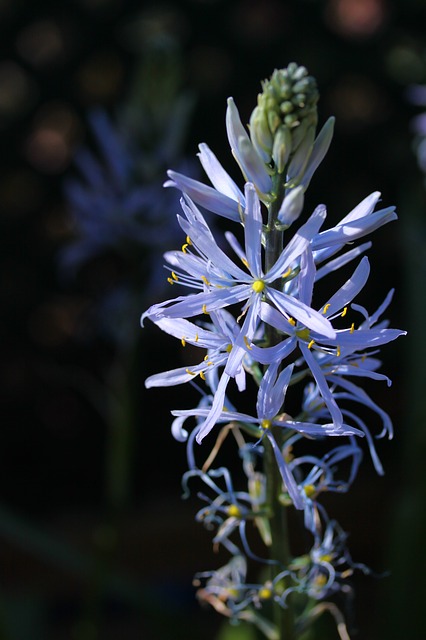
In the lily family, it grows 24-32 inches tall bearing lavender flowers high above its long narrow leaves.
Before the ground gets too frozen to dig, pick some new spots for spring-flowering bulbs. After a long cold winter, you will certainly appreciate seeing their cheerful blossoms and early color. The best blooms of April and May need to be planted today!
~ By
Robin Sweetser
About This Blog
Get inspired by Robin Sweetser's backyard gardening tips. Robin has been a contributor to The Old Farmer's Almanac and the All-Seasons Garden Guide for many years. She and her partner Tom have a small greenhouse business and also sell plants, cut flowers, and vegetables at their local Farmer's Market.






 Robin Sweetser
Robin Sweetser



